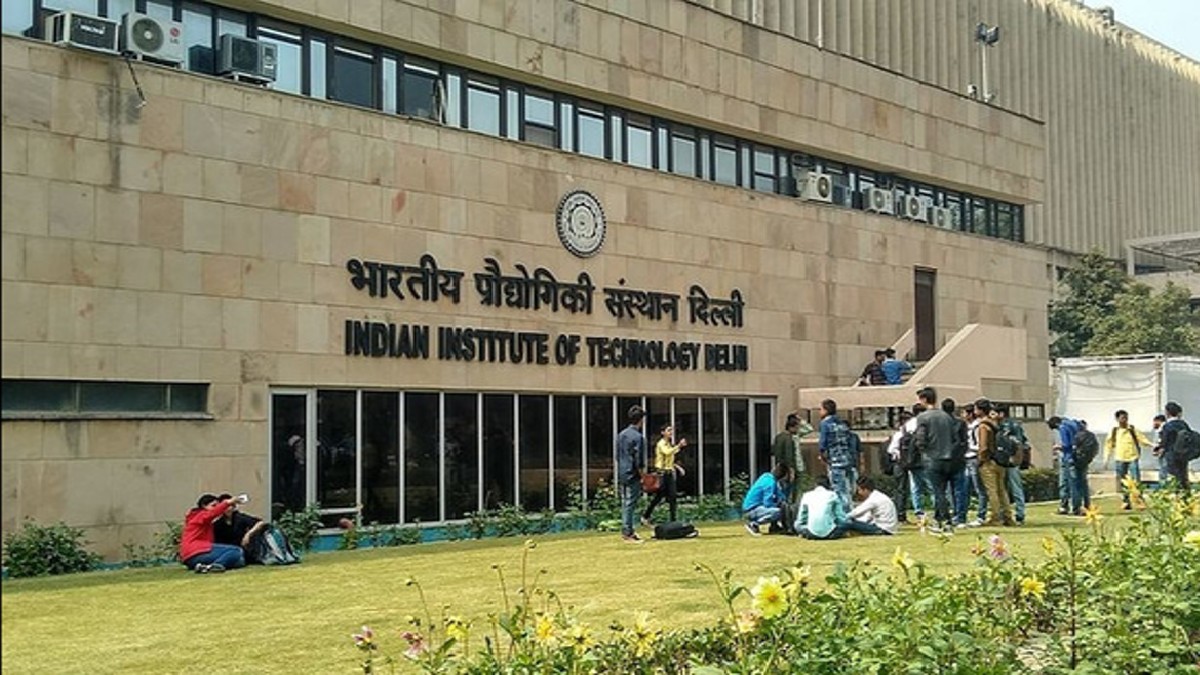
The results for this year's Indian Institute of Technology-Joint Entrance Examination (IIT-JEE) are out, and it is heartening to see that of the 48,248 students who have qualified for the test, 7,964 candidates are girls. In the Advanced test, Ved Lahoti of IIT Delhi zone topped in the Common Rank List (CRL) with 355 out of 360 marks, while Gujarat's Dwija Patel in the IIT Bombay zone was the top-ranked female candidate with CRL 7. She scored 332 marks. A total of 1,80,200 candidates appeared in the two JEE Advanced papers.
Science, particularly engineering, has been a male-dominated domain for long, with the female population on IIT campuses being almost negligible. There have been improvements though. The number of female enrolments in IITs more than tripled from just 995 in 2017 to 3,411 in 2023.
A Lopsided Field
A study by the sub-committee of the Joint Admission Board (JAB), the advisory body in charge of admissions to IITs, found that in 2016, as many as 4,570 girls cleared the JEE (Advanced) exam but only 848 were admitted to an IIT. This reflects that though women are in no way less meritorious, systemic societal biases forbid them from making it to these premier institutes. On an average, the ratio of male to female students on an IIT campus has been about 10:1, despite women performing significantly well in JEE exams.
Coaching plays an important role in preparation for JEE. But a majority of girls don't have access to such facilities given the gender bias in families. Most parents are not willing to invest much in her education, let alone coaching. There are also other restrictions that are amplified for girls, say, geographical access to coaching centres and social restrictions. All this deprives them of a level playing field.
To address the under-representation of female students in IITs, the Central government in 2018 introduced supernumerary seats, that is, seats over and above the sanctioned limit by the government. With this, the IIT admissions council decided to set aside 800 (14%) additional seats for girls across the 23 IITs. In 2019, the numbers increased to 946 (17%) female-only seats. Then, in 2021, the JAB decided to allow IITs to fix their female enrolment targets at 20% of the total admissions. Not only did most institutes fulfil this quota, many even managed to exceed it. In 2023, as many as 3,411 female-only seats were allotted, while 11 female candidates got admission in the gender-neutral pool. The overall percentage of females in IITs was 19.7% - one in five students was a girl.
Over the years, IITs have also taken progressive steps in offering scholarships, addressing gender disparity on campus, conducting special sessions with parents of girl students, and conducting outreach programmes in schools.
"IITs, or for that matter, even NITs [National Institute of Technology], are on their way to becoming gender-balanced with the increasing number of females in these institutions. Getting admission to IITs has always been tough. However, it has become just a bit easy for girls now. This will encourage female students to try for IITs," says Dr. Anjali Sharma, Assistant Professor, Department of Architecture and Planning, National Institute of Technology, Patna. "It is a myth that girls in engineering colleges are less meritorious. Most often, girls outperform boys in reality. They are more sincere and hardworking. Females from these institutes have proved to be among the best in the corporate world."
Sarita Kumari, an MTech student of IIT Bombay, echoes these views. "Seeing more women succeed in these prestigious programmes helps dismantle stereotypes and encourages young girls to enter male-dominated fields... Ultimately, more girls attending IITs improves gender parity and benefits society by empowering women to effect meaningful change."
Southern Triumphs
This year, the IIT Madras zone has registered the highest number of qualified candidates. Of its 11,180 candidates, 145 feature in the top 500; four from the top 10 are also from here. The zone, also known as the IIT-Hyderabad zone- comprising Andhra Pradesh, Telangana, Tamil Nadu, Kerala and Puducherry - had the largest number of qualifying candidates for JEE Advanced last year as well.
According to reports, in 2023 too, there were 10,432 qualifying candidates from this zone, with 174 candidates featuring in the top 500 and six in the top 10. The zone had the best gender ratio among all IIT campuses, with nearly 1,200 girls joining tech colleges last year. The proportion of female aspirants is also high - almost at par with males.
Apart from traditional subjects, IITs are also working on introducing diverse programmes like public policy and design. All these steps reflect the resolve to ease the journey to IIT for the female student.
(Bharti Mishra Nath is Contributing Editor, NDTV)
Disclaimer: These are the personal opinions of the author


